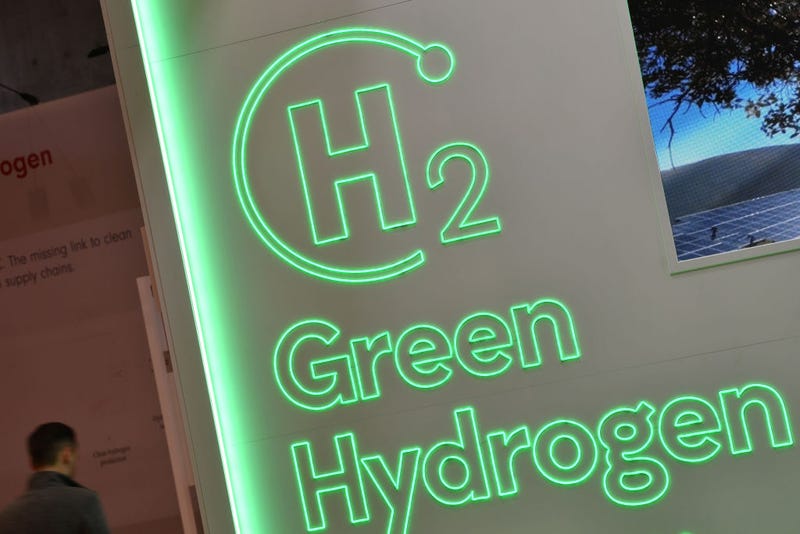
The U.S. Department of Energy has awarded Minnesota and the Dakotas nearly $1 billion to form "Heartland Hydrogen Hub". The Heartland Hydrogen Hub (HH2H) is one of seven selected to receive funding.
President of Xcel Energy for Minnesota and The Dakota's, Chris Clark, explains what technology could be developed from the project, noting that Xcel will be a key partner.
"We'll take advantage of our nuclear, our wind and our solar resources to make this hydrogen," says Clark. "It's called green hydrogen that we can then use as an energy source in other parts of the economy. And also look at opportunities to produce fertilizer."
Clark says this is an exciting opportunity for the company.
"A great job creator and also really a great step forward in the future of our energy," Clark explains. "Here, there's really great opportunities to advance our nation-leading carbon reduction efforts by pursuing hydrogen."
The next stage of the project is negotiations over how federal dollars are distributed.
Hydrogen is a versatile, carbon-free, and abundant fuel source that produces fewer emissions than natural gas and can be used with existing infrastructure, according to Xcel Energy.
Large-scale adoption of hydrogen can help reduce carbon emissions in many industries, such as transportation and agriculture.
Most hydrogen production up until now has used traditional fossil fuels to extract the element, which very rarely is found in its free form. It is the most abundant element on Earth but is typically tied to another element such as oxygen in water. The amount of fossil fuels needed to extract hydrogen completely offset any environmental gains made by using it.
"Green" hydrogen, by contrast, is made by using renewable energy to split water into its two components through electrolysis, without producing greenhouse gases.
The biggest benefit of using hydrogen as a fuel is that the main by-product is water vapor, making it far less polluting than fossil fuels. That's assuming it doesn't leak which is an issue with natural gas. Those leaks release methane into the atmosphere.
Releasing significant amounts of hydrogen into the atmosphere can also have detrimental effects on greenhouse gases according to several recent studies.
